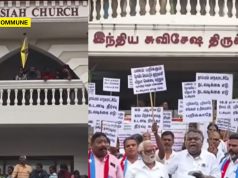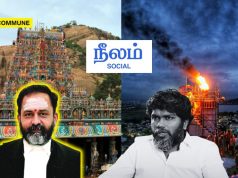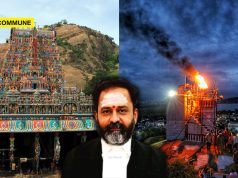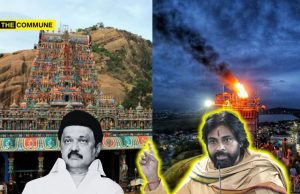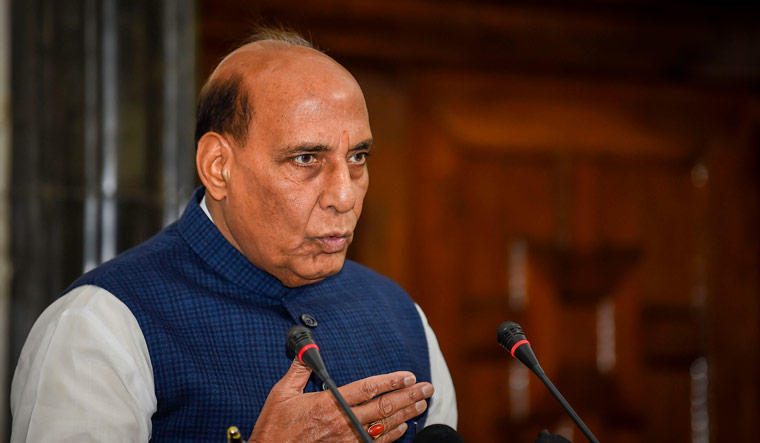
From the humble streets of Mirzapur, there was a man who would go on to become a five-time Union minister. This man is Rajnath Singh, a man who had worked his way up the political ladder, and someone who is one of BJP’s staunch idealists.
Humble Beginnings
Born to a family of farmers in the Bhabhaura village of Uttar Pradesh, he secured a master’s degree in physics from Gorakhpur University. He had been with the RSS ever since he was 13 years old, and was appointed as the secretary for the Mirzapur unit of the Bharatiya Janata Sangh in 1974, which would later evolve into the Bharatiya Janata Party.
Up the political ladder
Rajnath Singh was barely 24 years old when he was appointed the District President of the Jana Sangh. In 1977, he became the MLA of Mirzapur, where it had all started. This paved the way for him to become the education minister of Uttar Pradesh as well as the MP representing the BJP. He made a lot of reforms during his tenure, including modernization of scientific texts and the incorporation of Vedic maths into the syllabus. He was also the key brain behind the Anti-Copying Act of that State.
His first-ever stint at being a member of the Rajya Sabha was when he was elected as the Minister of Road Transport and Highways in the first Vajpayee government, followed by his position as the Minister of Agriculture in the second Vajpayee government in 2003. In the period between the two Rajya Sabha positions, he also served as the Chief Minister of Uttar Pradesh in between 2000 and 2002.
He has the reputation of having been a Union Minister 4 times, being one of the very few ministers to have done so. He has also served the position of being the Chief Minister of Uttar Pradesh as well as the President of the Bharatiya Janata Party.
Key accolades
Because of his humble background as a farmer’s son, he was empathetic towards the plight of Indian farmers and was instrumental in several projects like the Kisan Call Centre and the Farm Income Insurance Scheme. Interest rates of farmers’ loans were the lowest during his tenure.
Even when not in power, he spearheaded the Ram Mandir construction struggle and was one of the key faces behind the “Mandir Wahin Banega” movement.
During his tenure as the home minister during the first Modi government, he launched the Bharat Ke Veer portal for martyred jawans. An official anthem was also launched for this portal in 2018. He was the one who commissioned the Bastariya Battalion, and he attended the passing out parade of this battalion in his tenure as the Home Minister in May 2018.
He has mentioned in several interviews that he had never asked to become the Prime Minister because he had said that in his eyes he could never become Vajpayee. Above all of this, he was someone who was at the helm of BJP’s transition as a national party and someone who was instrumental in bringing out leaders like Narendra Modi to the forefront.

